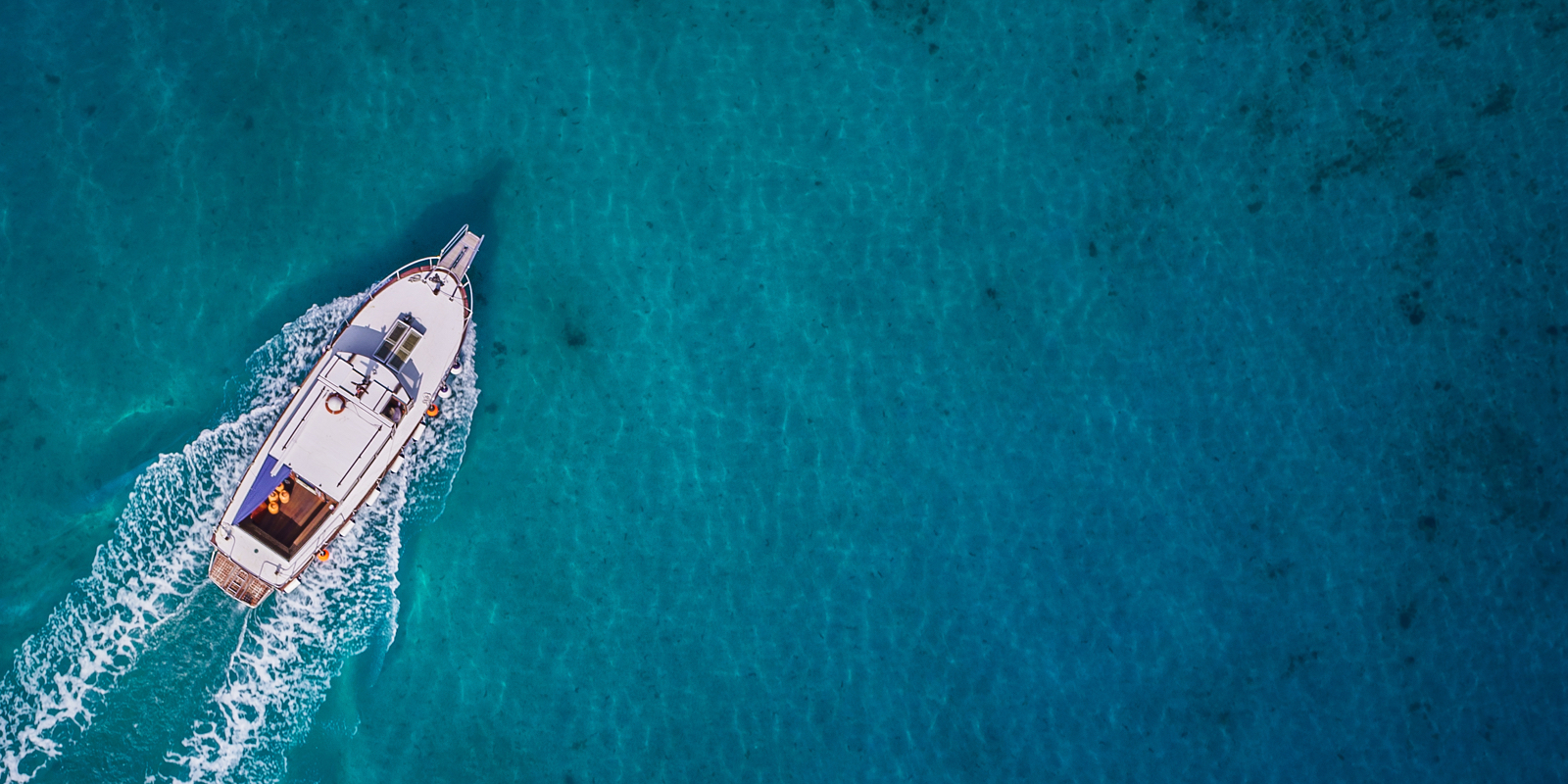BIG BOATS
For retirees who can afford a substantial vessel, coastal cruising is a delight and as the old saying goes, getting to wherever you’re going is half the fun.
In boating industry terms, a ‘big’ boat generally starts at about 10 metres and goes up from there. In vessels of this size range, there are basically three styles: trawler, flybridge and sportscruiser. They will invariably be diesel powered, the majority with dual engines.
Trawler-style craft are usually displacement vessels, meaning they push through or displace the water rather than plane or skim across it like faster boats.
Flybridge designs are desired by offshore anglers, primarily for their ability to spot water movement that indicates the presence of fish, and for their ability to provide the skipper with the necessary view to back down on a big fish, such as marlin, once one has been hooked.
Of course, not all who own flybridge cruisers are dedicated anglers, but – as a general rule – if you don’t fish you don’t really ‘need’ a flying bridge. For many retirees the ladder or stairway to the flybridge could present a problem, particularly in a rolling sea.
Then, the sportscruiser, or sedan, comes into play. One of the advantages over the flybridge design is that all onboard are on virtually the same level, with cockpit, saloon, galley and accommodation never separated by more than a step or two.
Whether it’s a trawler, flybridge or sportscruiser think ‘big money’. Many vessels in this style are hundreds of thousands of dollars. Then there’s the on-going cost of boat ownership – maintenance, marina berth or mooring, fuel costs… it goes on.


